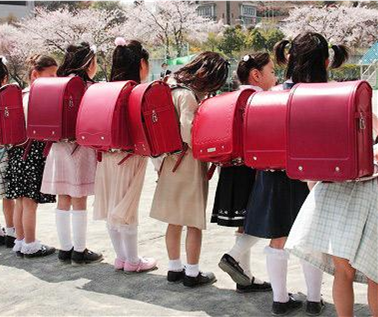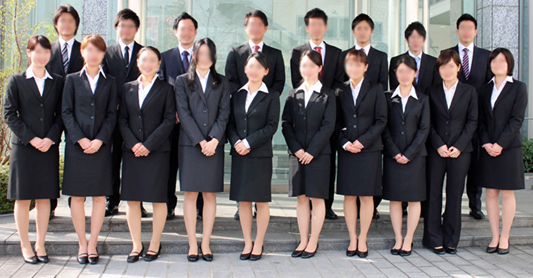How Japanese Culture May Have Influenced Japanese Address Formatting
UX Researcher Hiroto KakuThe importance of localizing websites for Japanese users is something that we have covered in previous Mitsue-Links presentations and blog posts. However, when we conduct research on translated websites created by overseas clients, we still come across many site issues; especially when it comes to the Japanese address form.
English and Japanese address forms should look something like the examples below when done correctly. In the English address form (a), the first field is the street address, then the city, state/province/region, and ends with the ZIP code. The Japanese address form (b), on the other hand, begins with the ZIP code, then the prefecture (akin to state/province/region), and finally, the individual home address in the form of a city, city district number, block number, and building number (Shockingly enough, most streets in Japan are not named, and thus, there is no such thing as a "street address"). Simply put, addresses in Japan are written from the largest unit to the smallest, in reverse order to English addresses. A direct translation of the individual fields would simply not work.
An example of English and Japanese address forms that have been localized correctly
- (a) An English address form

- (b) A Japanese address form (translations in red)

When this has been pointed out, many clients have asked us, "Why are Japanese addresses different?" Of course, the simplest answer would be, "It's just how it's always been". However, not all clients are satisfied by that answer.
So, one potential explanation that I like to propose to clients is that the address forms may be different because Japanese and Western cultures have prioritized individuals and communities in different ways. Western countries tend to be more individualistic, and view the individual as being more important than the community. Japan, on the other hand may be considered to be a more collectivistic culture. This means that the community, such as friends, family, and company is seen as being more important than the individual.
Collectivism is something that is a natural part of life for Japanese. One of the earliest examples of this is the randoseru backpack, which is only worn within a certain community: elementary school. Traditionally in black for boys and red for girls, this backpack is worn by elementary school children all throughout Japan. In fact, the randoseru is so ubiquitous in Japan that it is used in various forms of media, from manga to movies, as a visual icon indicating that a character is an elementary school student. While schools do not necessarily require that their students wear randoseru, many parents still opt to purchase them as it is the norm, and will help their kids to avoid standing out.
 Girls wearing red randoseru backpacks
Girls wearing red randoseru backpacksIt is quite important that an individual should not stand out within a community in Japanese culture. There is a proverb for this: "出る杭は打たれる" (deru kui wa utareru). The literal translation would be, "The stake that sticks up gets hammered down". In other words, you shouldn't stick out within the community. Following the same standards as everyone else will help you avoid criticism. The extent to which everybody follows this proverb becomes evident when observing all of the new graduates looking for their first jobs each spring. Every single graduate wears the exact same simple black suit / white shirt / black shoes combination which has become known as the "recruit suit". Keep in mind that the hiring company has not specified this; in fact, many companies state that the new recruits may dress freely. Regardless of this, recruit suits are heavily marketed as the normal standard and it is very rare to see new recruits that do not wear one. In addition to clothes, the generally accepted custom is that males must have short black hair. Females are not restricted to black hair, but they must keep it short or tie it back. As seen in the photo below, new recruits end up not just looking, but also acting in exactly the same way, all the way down to tiny details such as hand placement. All this is done to show that you're willing to follow rules, and conform within the company.
 Typical Japanese recruits
Typical Japanese recruitsOf course, collectivistic culture does not end after the new recruits are hired. In a 2011 study, more than half of the people in their 20s stated that they would like to work for a single company their entire lives. The reason for this can be partly attributed to the fact that employees in Japan have traditionally received regular promotions based upon how long one has worked at the company. This tradition is actually another result of collectivistic culture, where the individual can expect to be supported and compensated by the community as long as they stay loyal.
While putting the larger community before the individual may feel jarring for anyone that has grown up within an individualistic culture, it's something that is deeply ingrained in Japanese culture to this day. This can also be seen in how the overarching family name comes before individual given names, and how the company you belong in is stated before your own name in business introductions (i.e. "Hi, I work at Mitsue-Links (company). My name is Kaku (family name)").
